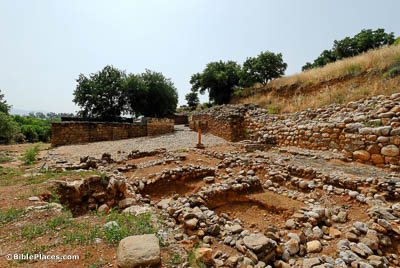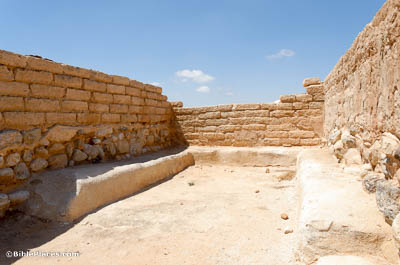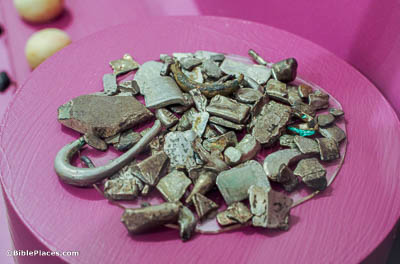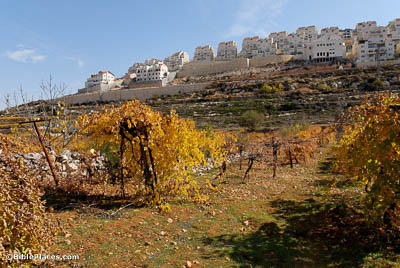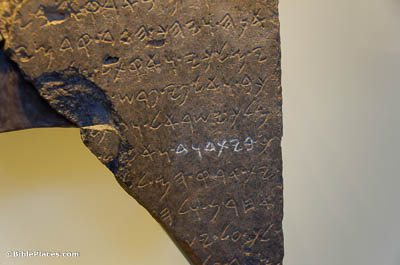Boaz went up to the gate and sat down there (Ruth 4:1).
The gate of ancient Bethlehem hasn’t been uncovered, but there are other examples of Israelite city gates that have been preserved, such as this one discovered at Dan. A marketplace (which can be seen in the foreground) was found just outside the gate, revealing how central the city gate was in urban life. Given that Bethlehem was a smaller village, its gate would have been simpler than this later, more extravagant structure.
